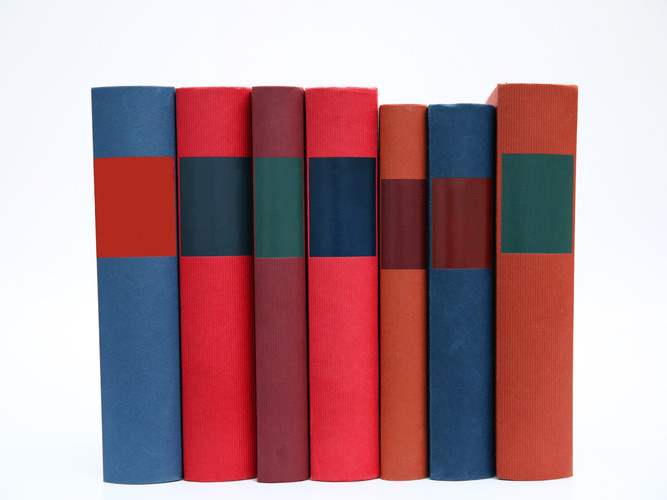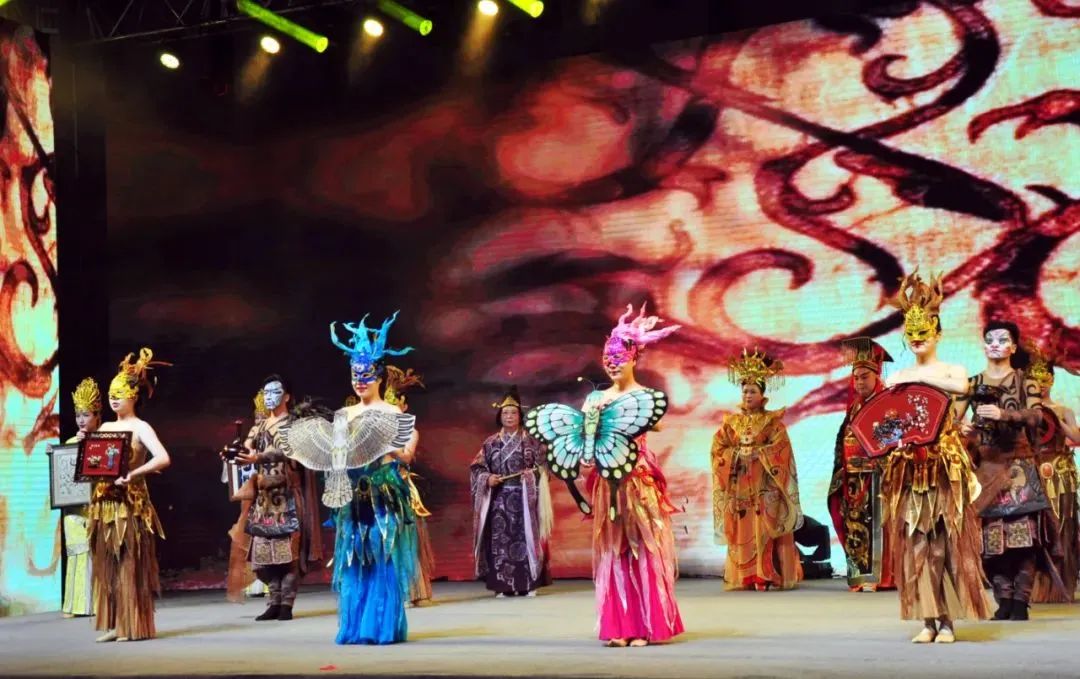Mission of ethnic art education in rural schools
Author:China Education News Time:2022.08.25

In school education, the national art seems to be "inconspicuous", but the "twisting neck dance" between the third primary school of Kuoma City, Xinjiang, which started to become popular two years ago, has made people look at the effect of national art education. The students twisted their necks with happiness and confidence with the rhythm of music, relaxed their bodies and moods, and also interpreted the authentic Xinjiang style. "Twisted neck dance" seems simple, and it is considered carefully. In fact, it contains rich educational information. Its creative use of national art form is deeply inspired to improve the quality of rural education in the context of rural revitalization. It also has a certain enlightenment effect.
Art education has a unique and important role in Lideshu people. It can cultivate students' ability to feel beauty, express beauty, appreciate beauty, and create beauty, lead students to establish correct aesthetic concepts, cultivate noble moral sentiments, cultivate deep national emotions. Stimulate imagination and innovation awareness, promote the comprehensive development and healthy growth of students. For the countryside, with the continuous advancement of my country's economic construction, the gap between urban and rural areas is declining, but the most primitive ethnic music and other nations in various ethnic groups are still preserved in rural areas. The national art of the region is incorporated into the art education of rural schools, enhances students' humanistic literacy and personal cultivation, and forms local characteristics of rural school education.
First, improve the cultivation of rural students with national art works.
Art is an important carrier to improve students 'cultural accomplishment and cultivate students' humanistic temperament. Confucius proposed "You Yu" and "Music", which is very important in the cultivation of art and music as a person. The "seven arts" of ancient Greece include grammar, rhetoric, logic, arithmetic, geometry, astronomy, and music. It is a compulsory course for ancient Greek school education. Soviet educator Suhomlinsky said: "The main purpose of music education is not to cultivate musicians, but to cultivate harmonious people." my country is a country where many nations live, and different ethnic groups have distinctive characteristics in different regions. The national arts, such as the mountain songs in the Zhuang area, the big songs in the Dai area and the pipa of the Dai, the Miao Di and Lusheng in the Miao area, the unique piano in the Beijing region, the polys sound of the Jingpo and the Dai people. Most people still have the artistic appearance and skills of ethnic minorities in my country still live in villages and towns. Compared with cities, rural educators are more likely to reach these ethnic artists. Since the 21st century, with the continuous advancement of my country's cultural construction, the list of national art inheritors has been formed, so it is not difficult to find these artists. Searching and inviting folk artists to "enter school", select art works based on the age characteristics of students and physical and mental development characteristics, offer school -based courses, or integrate music classes, art classes, and even physical education classes, which will help rural schools to enrich education resources. Improve the level of education.
Second, stimulate students' performance and inheritance enthusiasm with teaching art.
During the teaching process, teachers should stimulate students' enthusiasm for learning with reasonable means. Art is closely related to the changes in the aesthetics of the public. For example, when mentioning national and folk music at the end of the last century, the impression of people is rustic and outdated. Entering the new century, especially in recent years. Stimulate students' interest and hobbies for national art. As mentioned earlier, the elementary school students "twist their neck dance", teachers use the platform of video websites to show students' learning results, which stimulates students' desire to perform, thereby increasing students' learning motivation. Teachers can also rewrite local national music in the form of pop music. For example, the popular song "Body Riding Horse" in Taiwan, and the songs of Taiwanese operas are added to the song. And understand its appearance. This method makes it easier for students to accept various national art forms and lay the foundation for further inheritance and promotion.
Third, protect rural culture and national culture with school art education.
Rural teachers should start field investigation, and clarify historical flow and cultural background of national music, art, etc., and then start work collection and technical learning. Different from national art workers focusing on the cultural connotation and ontology of art, art educators, that is, teachers should pay attention to the learning of skills in this link, so that in the subsequent teaching, students can master the artistic foundation while mastering the national foundation and maximize the nation Art knowledge and skills. Ethnic art is rooted in rural areas and is inseparable from national culture. For example, the horseshuto in Guangxi, with the resonance cavity of the horse femoral bone, produced the historical evolution of the strong drama in the southwestern road of Guangnan, the sound is rich in character, and has a long history and rich historical connotation. There are many legends about Horseshu, which is enough to show the firmness of its national foundation. In the process of teaching, we should pay more attention to the influence of the ontology and culture of a certain ethnic art, and even the related national culture covered. Change passive learning is active learning. In this way, it can be able to introduce national characteristics into school education solidly and effectively. When national art takes root in students' hearts, students will bring national art to adults, travel to all sections of life, make national art a fun of life, nourish their spiritual world, and spread to more when they are coincidental. People, do their best to promote national art and national culture.
Fourth, rural ethnic art education must conduct national unity education and build awareness of the Chinese nation community. my country is composed of 56 ethnic groups, and all ethnic groups are holding tightly as pomegranate seeds. Many national art expresses the theme of the unity of the Chinese nation. For example, the Tibetan folk song "There is a Golden Sun in Beijing" reflects the people's hearts to the Communist Party and loyalty under the leadership of the party. "The Sun" sang the pride and noble thoughts of the grassland people and the people of the whole country after the founding of the New China with gratitude. Teachers in the art class of rural schools should be good at using these national art works for ethnic unity and progress education, and in the hearts of students, the awareness of the Chinese nation community is solidified.
Rural revitalization, education first. Grasp the advantages of rural location, integrate the characteristics of regional and ethnic groups into school art education, and carry out a conscious education of the community of the Chinese nation. It is worthy of bold attempts and pioneering and innovation of educators and literary and art workers. There are no lack of music, art, architecture, clothing, literature and other categories of national art. If all regions and regions of all nations can integrate these nation's native art into school education in conjunction with education laws, and form a scientific and effective and sustainable development system, these ethnic groups will definitely make these ethnic groups In the hearts of the treasures of art, cultivate their national pride and stimulate their cultural self -confidence. When they grow up, they use positive actions and enthusiasm to use their learning to build a business to help rural revitalization and build socialist modernization in an all -round way. The strong country and realizing the great rejuvenation of the Chinese nation contributed.
(Author: Qinqin Unit is the General Education Center of Beijing Social Management Vocational College)
- END -
Precise insight into consumer emotional resonance in Nanjing Vientiane World "swing" urban commercial circle
Recently, the hot search of the same city of Nanjing in the same city was topped by the entry of how many people in Nanjing people like to say. This topic has aroused heated discussion among netizen
Inheritance Chu Yun Jingzhou | Jingchu Fei Yuan Show: "Old name" blooms new vitality

Intangible cultural heritage is the treasure of traditional Chinese culture. The i...